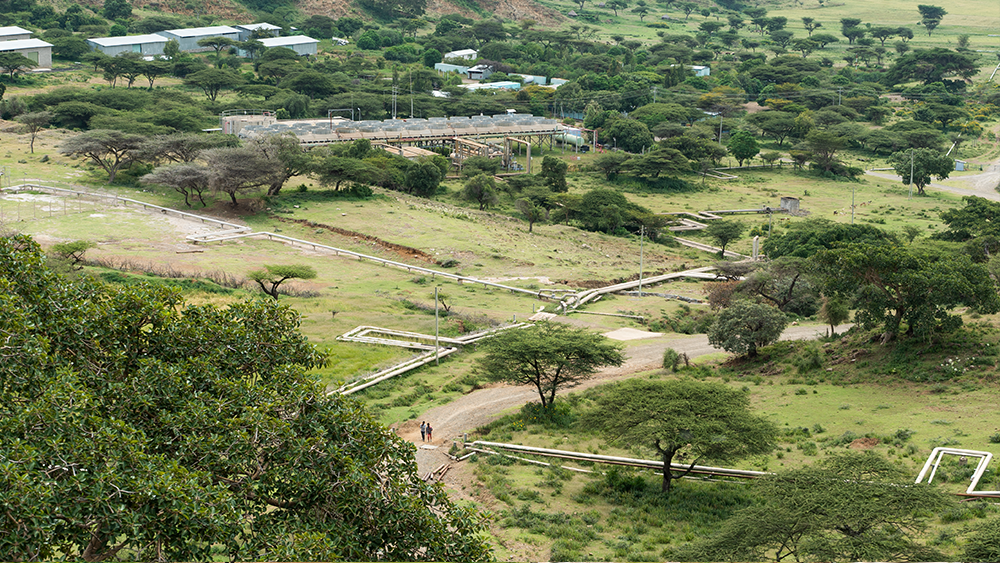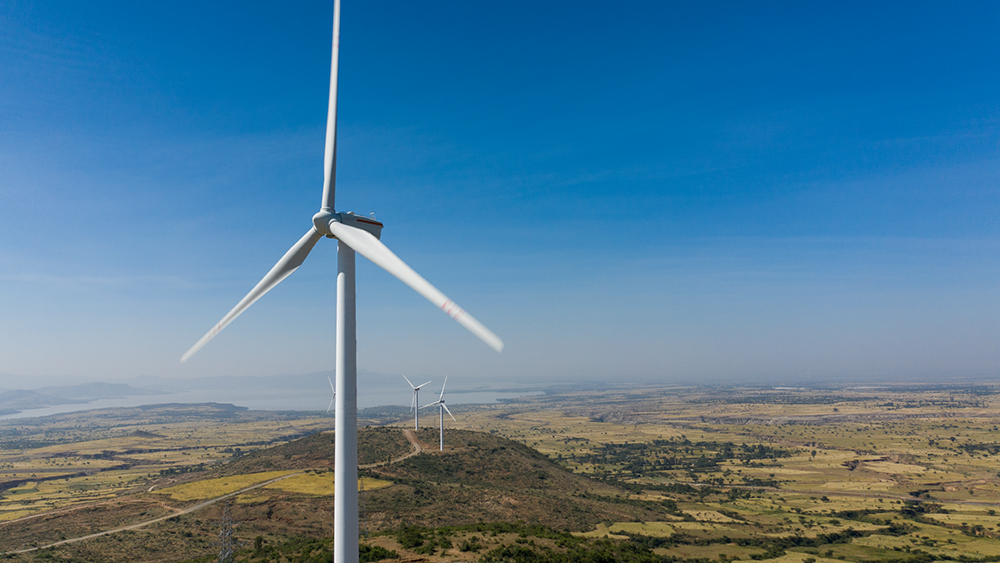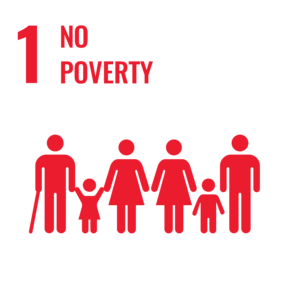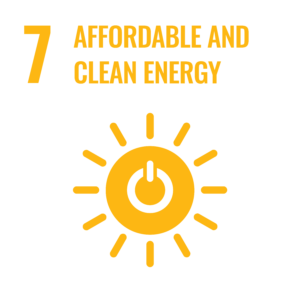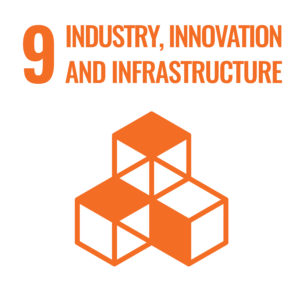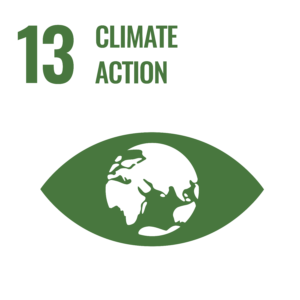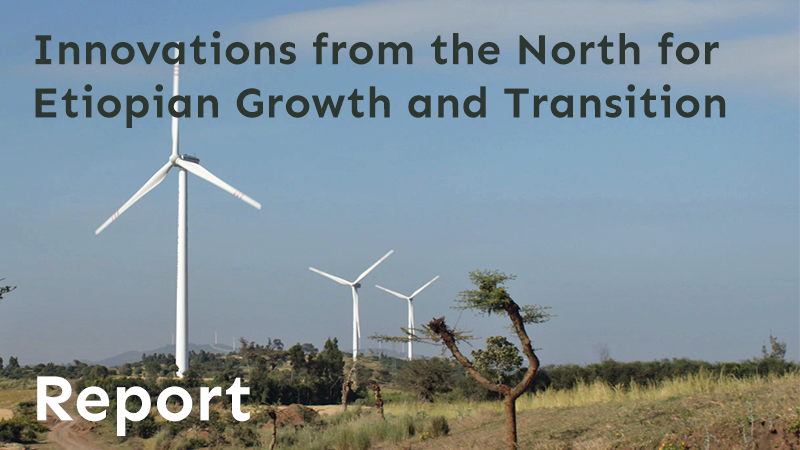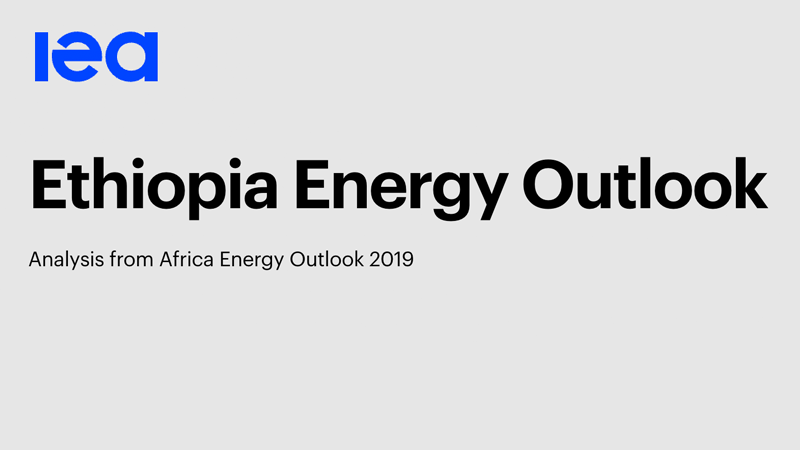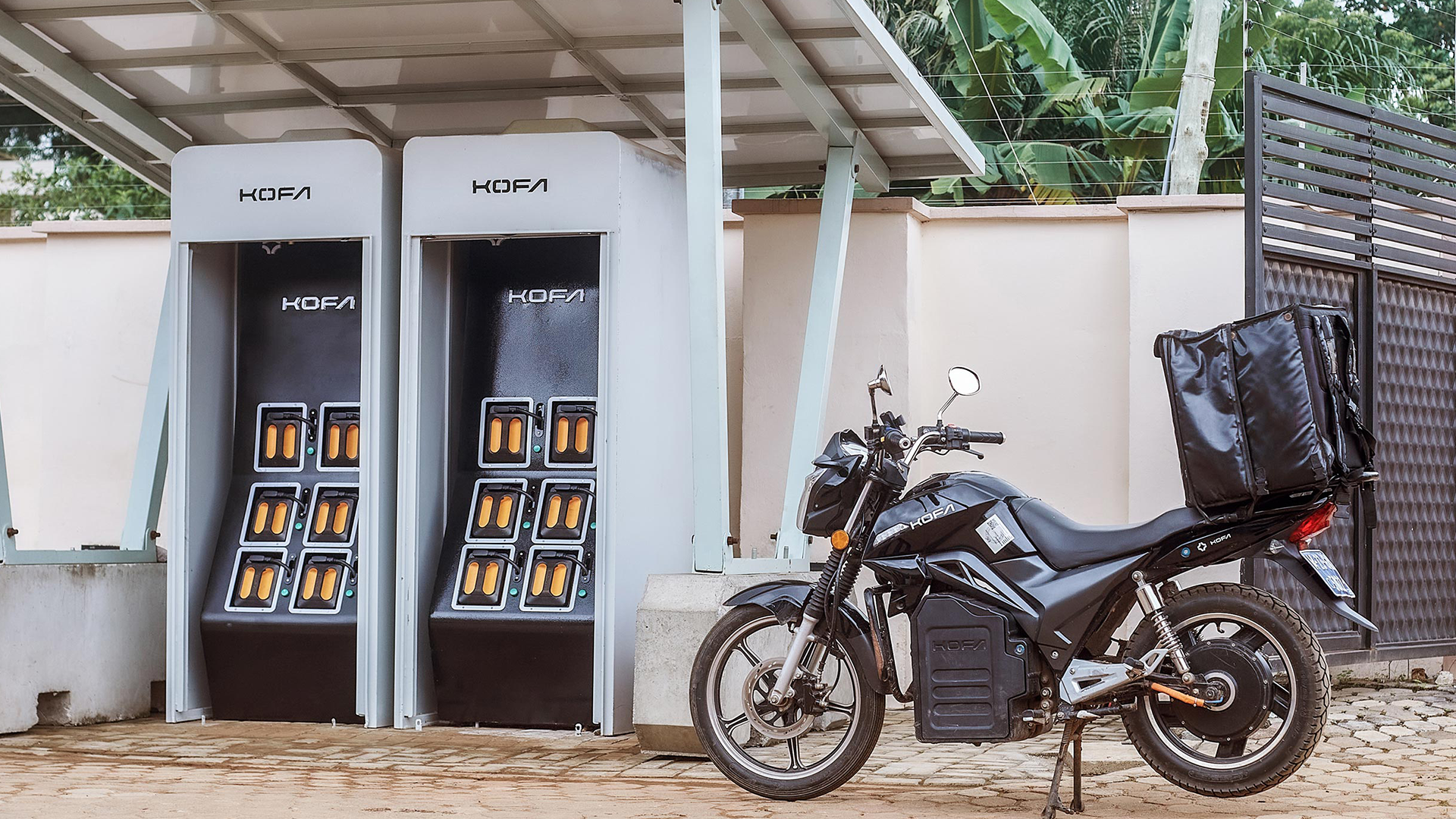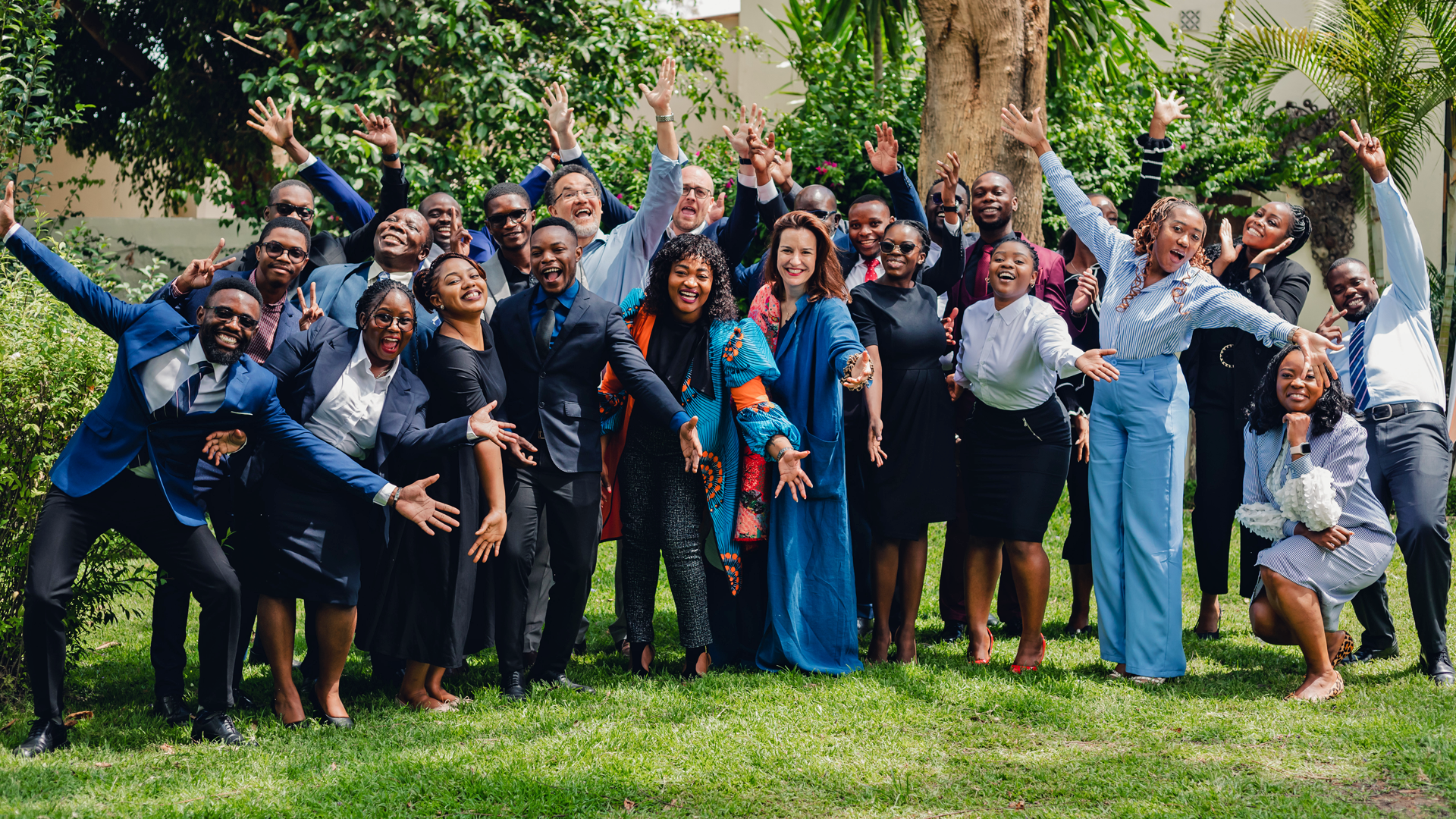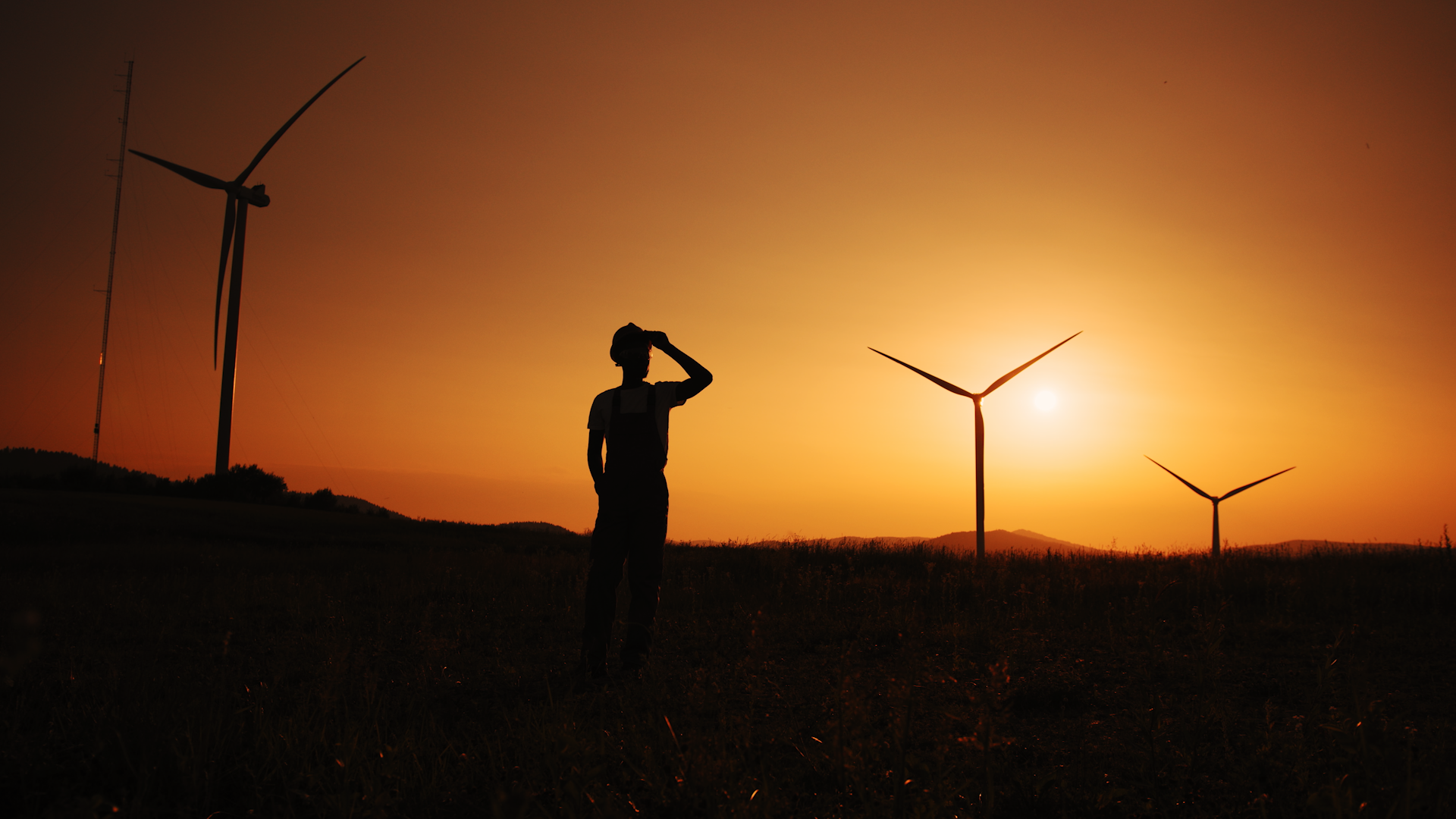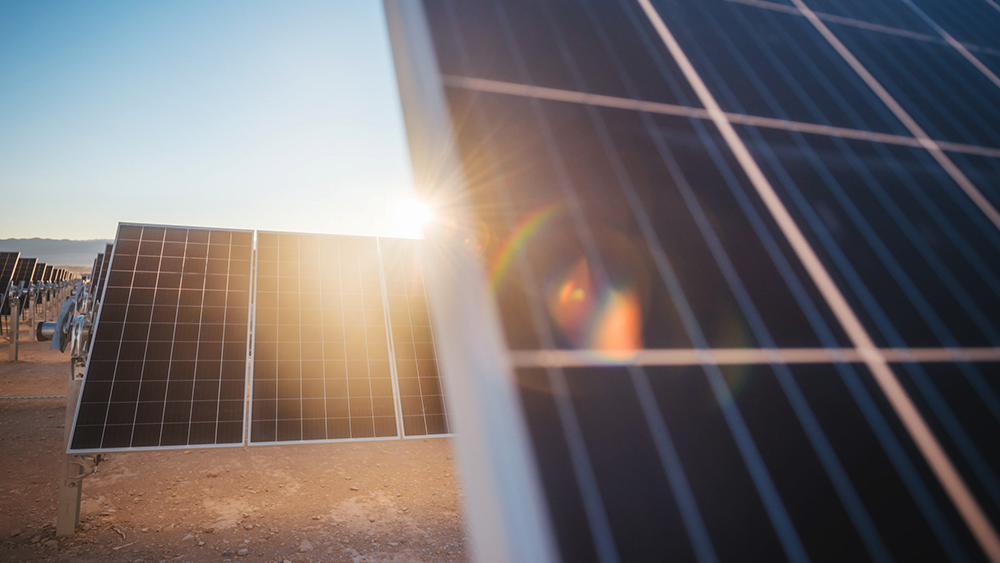Transforming Last-Mile Delivery: Ghana’s Growing E-Mobility Potential
Electrifying Ethiopia
Ethiopia today has one of the lowest rates of access to modern energy. At the same time the economy is one of the fastest growing in the world, with an average growth of 10,8% since 2005. Intro Africa too a journey to look at Nordic Solutions to Global Challenges and Nordic collaboration in Ethiopia.
It was the first developing country to take a leading role in climate policy of the most vulnerable countries to climate change by submitting its NDC (Nationally Determined Contribution) at the UNFCCC (United Nations Framework Convention on Climate Change) on its 2025 climate resilient development goals.
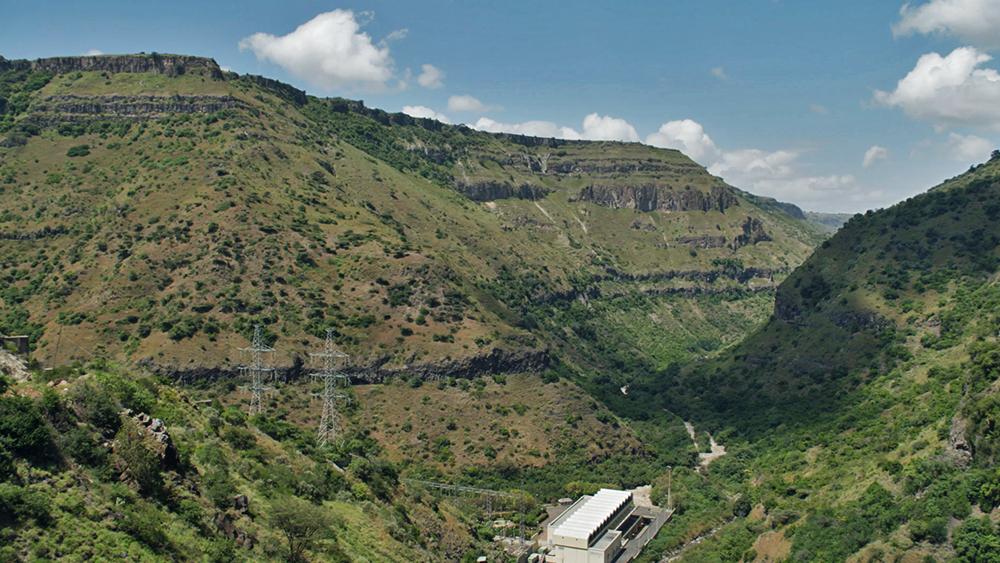
Ethiopia is aiming to become a lower middle income country by 2025, entirely based on renewables.
H.E. Ambassador Karin Poulsen
Royal Danish Embassy, Addis Ababa
With energy identified as a major enabler of development, Ethiopia’s target is to increase energy access from 45% to 100% of its 100 million population within the next 5-6 years, aiming to supply 35% of the population with off-grid solutions.
Heavily reliant on hydropower, Ethiopia currently gets 90 per cent of its energy from 14 hydropower plants. Plans to increase capacity to 13.5 GW by 2040 would make Ethiopia the second-largest hydropower producer in Africa. In Africa, only the Democratic Republic of Congo has greater hydropower potential.

Ethiopia has tremendous economic growth, they want to create industrial parks, they want to become a manufacturer of products that they can export, it’s not a small task.
Svend Søyland
Senior Adviser
Nordic Energy Research
Ethiopia will need substantial amounts of electricity to meet its industrialisation goals.
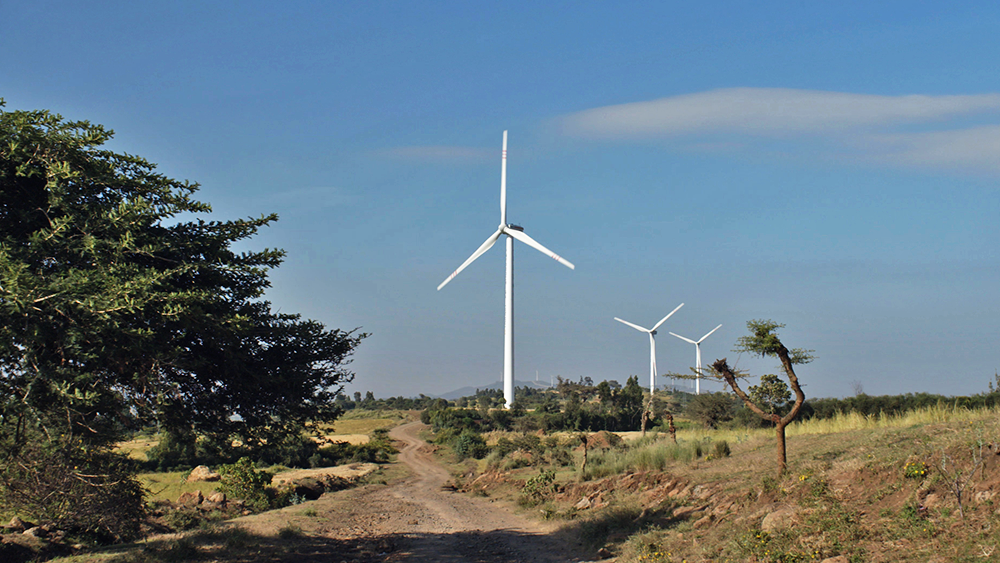
The country’s wealth of wind, solar, geothermal and hydropower resources remain largely untapped and under-utilised.
Climate change and related droughts presently occurring every three to five years in Ethiopia means too strong a dependence on hydropower can prove unreliable. Ethiopia must diversify its energy sources beyond hydro to secure the power it needs to grow, to prevent blackouts and to continue exporting power to its neighbours.

Nordic-Ethiopian energy collaboration started out as a Nordic Prime Minister’s Initiative to share green growth solutions with the aim of supporting development ambitions in the Eastern African region.
The Nordics and Ethiopia have a remarkably similar energy mix, and faced with similar challenges, Nordic countries have over the years, built an integrated system of renewable energy, making it affordable and uninterrupted.
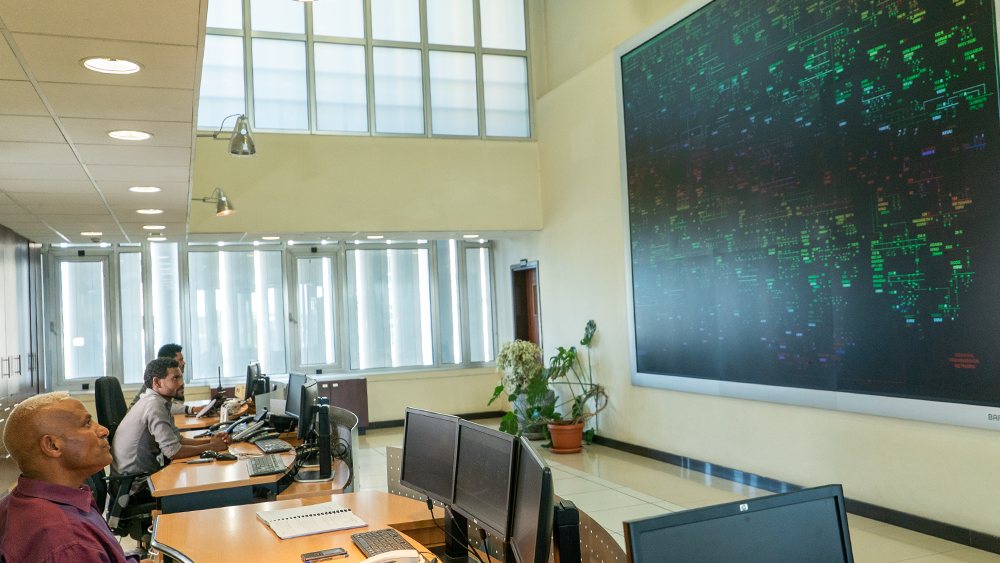
With more than 100 years of cooperation underpinning Nordic collaboration, the Nordic countries share similar values but can bring in different experiences in solar, wind, hydro and geothermal energy.
It’s possible to export this Nordic competence and experience to Ethiopia, with the potential of supplying the affordable and uninterrupted energy supply needed in the East African sub-region.
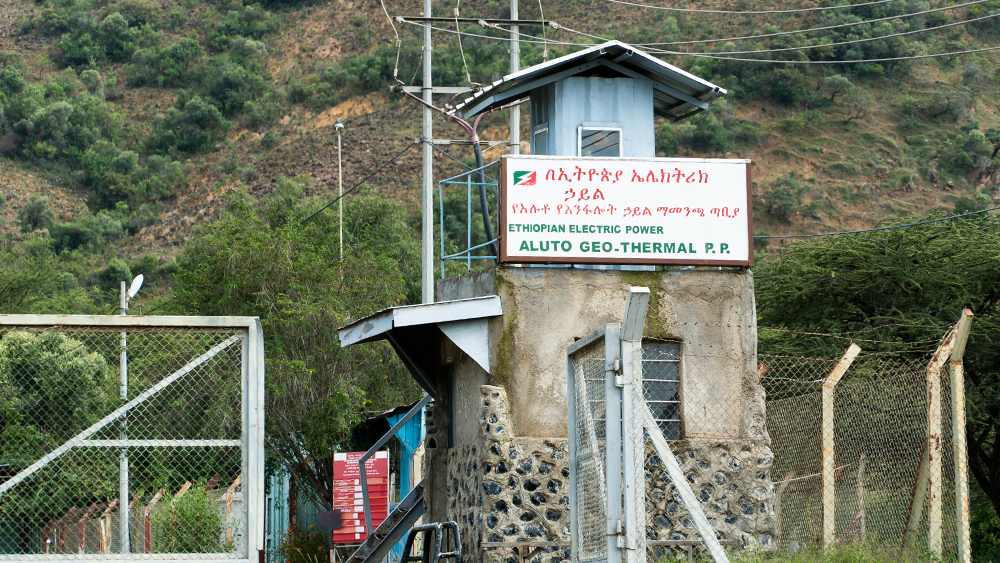
While Nordic-Ethiopan cooperation supports the power sector transformation, an enabling investment environment and implementation of the policies surrounding it, is necessary to drive these projects ahead, and public-private collaboration is essential in the dramatic shift Ethiopia is now making from a state-controlled to a private-sector led economy.
Nordic- Ethiopan cooperation can see a transfer of knowledge and skills sharing with Ethiopia in achieving their climate goals and can furthermore serve as an effective model for other regions. With Nordic Solutions to Global Challenges and cross Nordic cooperation, good solutions can be lifted up.

An African proverb says, ‘If you want to move mountains tomorrow, you must start by lifting stones today.’ The Nordics are here today, ready to join Ethiopia on its journey to develop its own unique energy solutions.
Nikolaj Lomholt Svensson
Senior Energy Advisor
Danida-Ministry of Water, Irrigation and Electricity in Ethiopia
